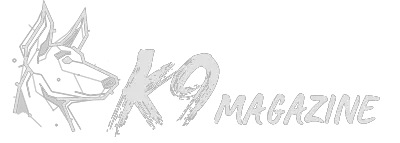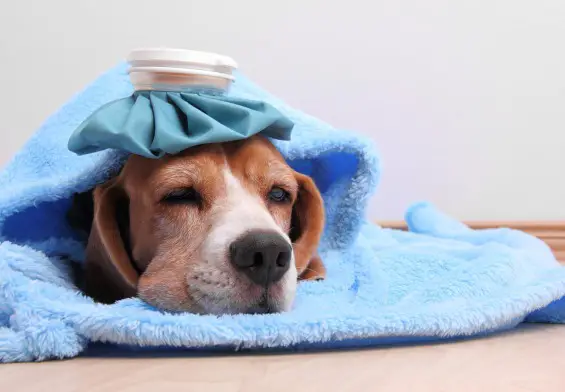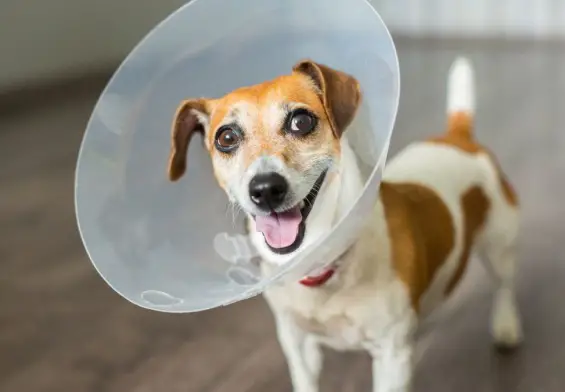My Dog Won’t Let Me Brush His Teeth – What Should I Do?
It is vital to maintain healthy oral hygiene for your dog. Good oral hygiene practices entail; brushing teeth, flossing, and so on. Most times, developing an effective oral hygiene routine is easier than implementing it. The execution usually hits a hitch as most dogs dislike the activities it entails.
Your dog might find the brushing of its teeth unpleasant due to several reasons. However, it is crucial to start reinforcing such practices while your canine friend is still a puppy when they are more receptive to training.
There are many alternatives to brushing teeth, but specialists insist on brushing teeth as it is the most effective way to enhance your dog’s dental health. This article will take you through the right steps to brush your dog’s teeth, available alternatives, among others.
Why cleaning of your dog’s teeth is necessary
This is a commonly asked question, especially among non-dog owners. It is important to note that a dog’s oral health requires the similar amount of attention we accord ours—poor dog oral health results in a myriad of tooth and gum diseases, among other consequences.
It is vital to brush your dog’s teeth daily or less than three times in seven days. Healthy oral hygiene requires a lot of initiative, endurance, and commitment from dog owners as its execution is usually not a walk in the park.
Effects of poor dog dental hygiene
The irregular or poor cleaning of your dog’s mouth leads to a gradual build-up of dental tartar and plaque. This, alongside food particles that are slowly rotting in your dog’s mouth. All the aforementioned create a bacterial build-up that results in severe tooth infections.
Tooth infections are usually accompanied by symptoms including; pain, tooth decay, bad breath, and so forth. Poor oral hygiene may result in;
Dog periodontitis
Periodontitis is also known as gum disease. This is a gum infection that occurs due to bacterial build up causing gum inflammation and may escalate to tooth loss if not dealt with in good time. It is a painful condition that is prevalent in dogs aged three years onwards.
It typically occurs in about four stages with slightly varying symptoms. A few repetitive symptoms include; bad breath, gum inflammation, gum sensitivity, and tooth sensitivity. Unlike humans, it may not be easy to spot these symptoms as dogs are not as expressive.
Hence, it is vital to enforce good oral hygiene accompanied by regular dental checkups by a veterinarian. Regular checkups will help you detect these issues earlier, as early detection is crucial in combating any disease.
Requirements for brushing your dog’s teeth
These requirements may seem a little too obvious to mention, but it is never too late to learn. Anyone old enough to brush their teeth knows that using a good toothpaste and toothbrush will do the trick.
However, the case is slightly different when it comes to dogs which require specific toothbrushes and kinds of toothpaste. Various brands in the market sell different types of dog toothbrushes and toothpaste.
Pet toothpaste and toothbrushes
The right dog toothbrush will have soft bristles to prevent scratching and hurting your dog’s gums while brushing. They also come in different sizes; hence you are required to choose the most suitable one while putting your dog’s breed, age, and size into consideration.
If you must use a human toothbrush, ensure it is right-sized with soft bristles. It is also important to be gentle while brushing your dog’s teeth to make it as enjoyable as possible. This will significantly contribute towards your dog welcoming the practice.
What is the good of a well-functional toothbrush without an equally effective toothpaste? First things first, using human toothpaste is out of the question. Human toothpaste contains a potent chemical that may lead to severe stomach upsets if your dog ingests it.
Dog toothpaste is availed in a wide range of flavors that may be palatable to your dog. These flavors include mint and a variety of other meaty flavors. The idea is to make this as enjoyable as possible, and these flavors should do the trick.
Like humans, the three-month toothbrush rule also applies to dogs. If you are still unsure of the toothbrush brand and toothpaste to settle with, you can consult your animal specialist for advice.
How to brush your canine’s teeth
Brushing sessions are a work in progress, but it gets better with time; this applies only to those who start early. It is recommended that you start brushing its teeth as early as possible, thus during its puppy stage. This is when it is easier to train it to open its mouth properly for brushing.
However, if your dog is way past the puppy stage, there is no need to despair; it is better late than never. You can always work through the training as dogs are receptive. They happen to be more receptive in their formative years.
Some tips you can use to tame its mouth-opening include; inspecting its mouth by separating its upper and lower jaw for any teeth discoloration and inspecting its cheeks, gums for any inflammation or redness to detect dentition issues.
All these should be done gently with your dog’s approval. You would not want to have your finger placed inside the mouth of a triggered dog. Tooth inspection should be done while rewarding your dog for its milestones during each session.
Tooth inspection gives way to a smooth transition during brushing your dog’s teeth as you have trained it to properly open its mouth, only this time to clean its teeth. Even after training your dog during the inspection sessions, their cooperation is not guaranteed during teeth cleaning.
Therefore you are called upon to be patient and persistent as your efforts will soon bear fruit. However, for the lucky ones, it might all be smooth sailing. Effectively brushing your dog’s teeth involves adhering to some simple steps.
The process should take about two minutes if you do not encounter any form of resistance from your dog. A small amount of toothpaste will be enough for the cleaning process. Please start the process by establishing a rapport by allowing it to taste some of the toothpaste.
When the dog licks and finds the toothpaste palatable, it is easier to follow through with the next step, which involves brushing its teeth. It is advisable to do so in sections for efficiency.
Once you have picked the side to begin with, gently raise its side lips and begin to gently brush in a sideways movement to avoid digging into the gums. The up and down and circular motion are also equally effective in removing plaque and tiny food particles stuck between teeth.
Being subtle as you handle its tongue and lips is greatly encouraged and will cultivate gradual acceptance of these cleaning sessions. Thus, avoid being overly aggressive and using force. Despite being gentle, you are required to be as thorough as possible as you cover each section.
Supplementary dog oral hygiene practices
Teeth brushing may be the most efficient method, but it is not the only available method of cleaning its teeth. Other methods include;
Dental treats
These are chewy foods that you can incorporate into your dog’s diet to clean its teeth. The chewing action helps to rid your dog’s mouth of bad breath, dental tartar, and plaque. These tooth-cleaning treats are locally available at your nearest pet stores.
However, it is advisable to do comprehensive market research before purchasing as not all brands are genuine with the quality of their products. The aim is to find the healthiest treats in the market for your canine buddy. Some bones can also serve as an excellent chewy treat.
A dental chew is no alternative for regular brushing sessions but is an excellent supplement to your canine’s dental health plan.
Dental wipes
These are wet wipes used for orally cleaning your dog’s teeth and gum. They are to be gently rubbed on the tooth surface removing temporary teeth stains, thus reducing discoloration. These wipes also eliminate bad breath.
They can only do so much, though, when compared to toothbrush cleaning. A significant limitation is the inability of these wipes to access your dog’s deep teeth crevices. Hence, this should only be used as a supplementary tooth-cleaning method.
Regardless, they are a useful supplement to your dog’s oral care routine.
Final words
A dog’s tooth brushing sessions are not an easy affair. However, we have also established that starting in good time is critical for the technique’s success as those who start their brushing sessions in the puppy stage are more likely to have a seamless transition with the practice as the dog ages.
If you are uncertain about how to seamlessly make this a habit for your canine buddy, consult a licensed animal specialist for medical advice on the same. We often incorporate all these healthy techniques and substitutes but forget the most important one of them all.
The importance of regular dental checkups with your veterinarian often gets underplayed. An animal specialist is well-trained and conversant in their field of practice; hence will be able to quickly identify issues that you may have missed or under looked in your dog’s dentition during the checkups.
Good oral hygiene is vital as it ensures good overall health and well-being of your dog.





